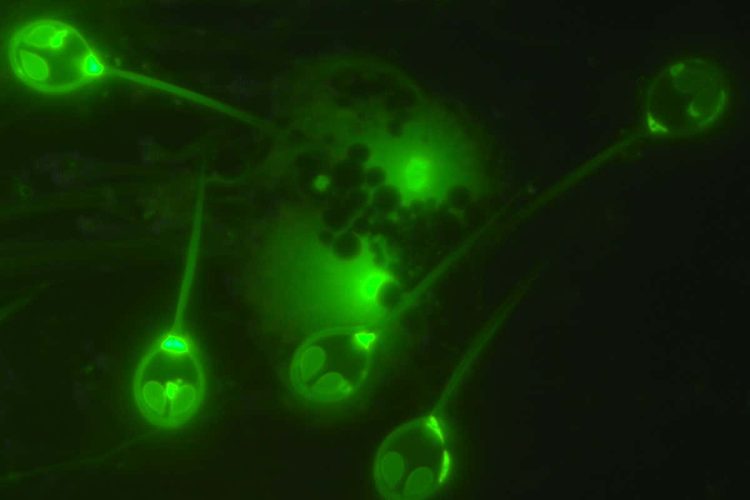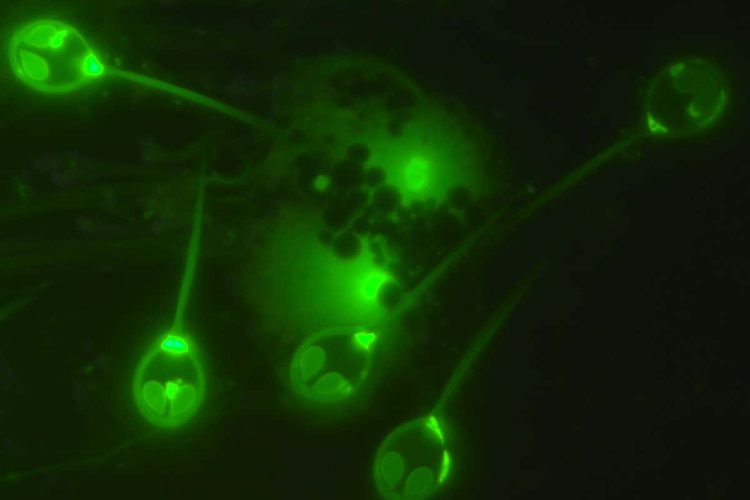Henneguya salminicola, a tadpole-like parasite that infects salmon, has a rather unique superpower – it can survive without oxygen.
When examining Henneguya salminicola, researchers noticed something really strange: the microscopic parasite appeared to have no mitochondrial genome. The mitochondria, commonly known as “the powerhouses of the cell”, are organelles that rely on oxygen in order to produce energy. At first, scientists at Tel Aviv University thought it was a mistake, so they ran the analysis again, and confirmed that the parasite had no mitochondrial genome at all, meaning it did not generate energy the way all other known animals do. Although other single-cell organisms, like amoebas and fungi, have also developed the ability to survive in anaerobic environments, no animals – Henneguya salminicola qualifies as one despite having less than 10 cells – had been known to do that until now.

Photo: Prof. Stephen D. Atkinson/Oregon State University
“It is generally thought that during evolution, organisms become more and more complex, and that simple single-celled or few-celled organisms are the ancestors of complex organisms,” Prof. Dorothee Huchon, one of the authors of a study on Henneguya, wrote. “But here, right before us, is an animal whose evolutionary process is the opposite. Living in an oxygen-free environment, it has shed unnecessary genes responsible for aerobic respiration and become an even simpler organism.”
Distantly related to jellyfish, the tadpole-like parasite lives in the muscles of salmon and trout, where it causes little white nodules known as “tapioca disease.” It is believed that this environment is one of the probable causes of its mitochondria disappearance. Fish muscle is known as a low-oxygen environment, so Henneguya salminicola may have simply adapted to produce its energy some other way.
What exactly powers the microscopic parasite instead of oxygen remains a mystery that scientists have yet to crack. Although microscopic imagery revealed mitochondrial-related organelles that retained some of the physical characteristics of the original organ, they lacked all of the normally associated genetic information, which suggests that the parasite is no longer capable of standard aerobic respiration.
Some researchers believe that Henneguya salminicola may somehow be drawing energy from the surrounding salmon cells, others say that it may be capable of oxygen-free breathing. There are also some in the scientific community who dispute the fact that this organism can spend its entire life without oxygen. Despite the controversy around the parasite’s ability to survive without oxygen, there is no denying that its discovery has changed the way we look at evolution.
“It confirms that adaptation to an anaerobic environment is not unique to single-celled eukaryotes, but has also evolved in a multicellular, parasitic animal,” the researchers noted.













